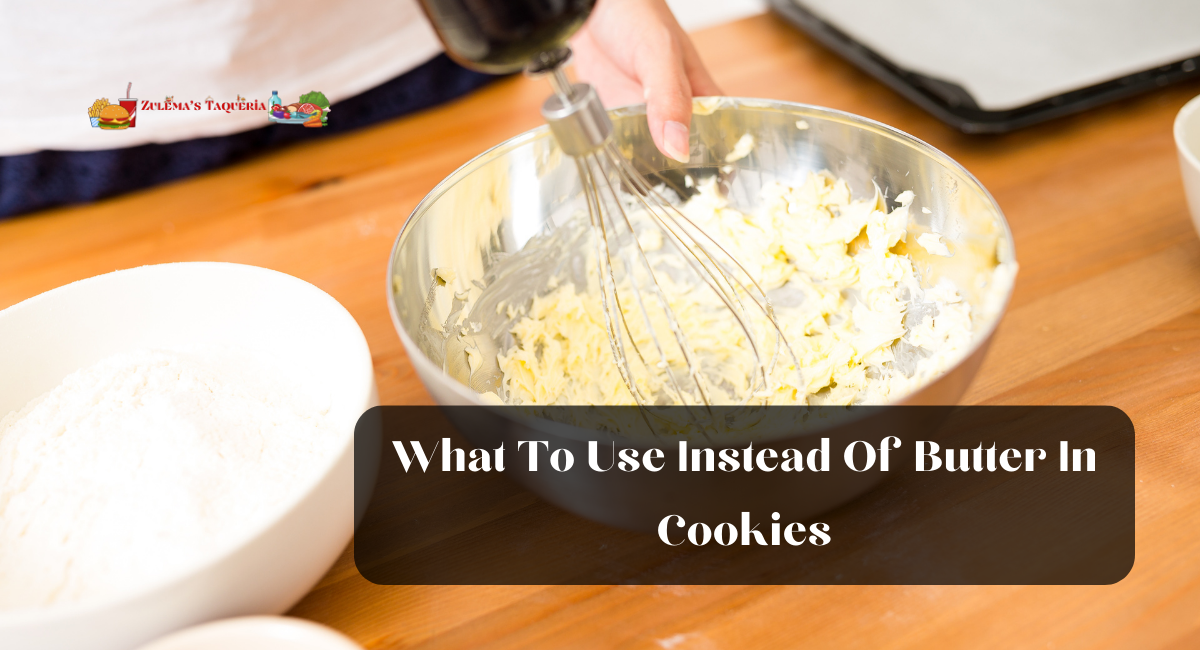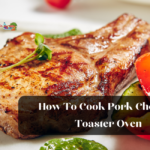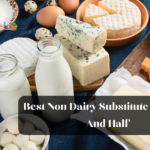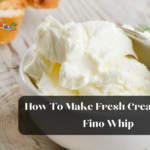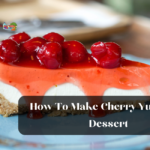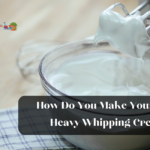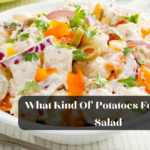In many households, baking pastries is a cherished tradition, and for good reason. The aroma of freshly baked cookies is enough to make anyone’s appetite water. However, if you’re seeking to modify your cookie recipe, whether due to dietary preferences, health concerns, or ingredient availability, you may be wondering what alternatives are available to replace butter. So, this article, will explain what to use instead of butter in cookies.
What Is The Purpose Of Butter In Baking?
Butter, a solid lipid composed of about 80% fat and 20% water and milk solids, not only imparts flavor to baked goods but also adds moisture, prevents ingredients from sticking together, aids in the rise of baked goods, and prevents the formation of tough gluten.
Additionally, butter can melt evenly and incorporate nearby flavors well. This can aid in creating a recipe with consistent flavor throughout.
Why You Might Need To Substitute Butter
You might need to replace butter in your diet for several reasons.
1. Milk allergy
Although butter is minimal protein, it still contains trace amounts of allergenic milk proteins.
You must exercise caution when consuming butter if you have a milk allergy. If your allergy is severe, you may need to avoid it altogether.
2. Lactose Sensitivity
Lactose-intolerant individuals typically tolerate small quantities of lactose in butter without adverse reactions.
However, some individuals are more sensitive to lactose than others and may need to avoid butter.
3. Health considerations
Some people don’t eat butter because it has a lot of fatty fat. Even though the evidence is mixed, people who eat a lot of heavy fats may be more likely to get heart disease.
Also, butter has a lot of calories because it is mostly fat. If you want to cut back on calories, you should eat less butter.
What To Use Instead Of Butter In Cookies
1. CoconutOil
Although coconut oil can replace butter in baking at a 1:1 ratio, it may subtly alter the flavor, with some varieties having a more significant impact than others.
Coconut oil that hasn’t been refined tends to taste more like coconut than refined coconut oil. It tastes great in recipes with chocolate or tropical flavors.
If you don’t like the taste of coconut, you can use a more refined type of coconut oil or something else.
2. Olive Oil
Most recipes can be made with olive oil instead of butter in the same amount.
If a recipe asks for 1 cup (225 grams) of butter, use 3/4 cup (180 milliliters) olive oil instead.
Because it is a liquid, olive oil is not a good substitute for butter in recipes that require the fat to remain solid or considerable creaming, such as icing and angel food cake.
The robust flavor of olive oil pairs well with fruity, nutty, or savory recipes, such as pumpkin bread or pastries.
3. Margarine
Margarine is made mostly of vegetable oil that has been prepared to taste like butter. Because of its high water content, it can be used as a butter alternative, particularly in baked goods, producing a softer texture.
Margarine can be used in place of butter at a 1:1 ratio. Because this component is highly processed, it should be used sparingly.
4. Shortening
100% fat shortening is produced from hydrogenated vegetable oils. It has a flavorless profile that enables other ingredients to shine. Like margarine, it can be used as a 1:1 replacement for butter.
When the solid fat shortening is cut into dry ingredients, it does not entirely combine, marbling in the dough and light, flaky pie crusts and biscuits.
It can also be used to create robust icings and fry chicken and other proteins. Look for butter-flavored shortenings for a more accurate representation of butter.
5. Applesauce
Applesauce has long served as a healthy substitute for butter in cookies, quick breads, and other baked products. The next time you crave, take a jar of applesauce regardless of your weight-controlling status.
Begin by substituting half of the butter in a recipe with applesauce, and you should soon be savoring chewy, sweet cookies and other treats.
6. Greek Yogurt
Creamy…delicious…low in fat…Greek yogurt, indeed! Try it instead of butter in cake and cookie recipes for ultra-moist treats with less cholesterol.
Depending on the yogurt brand, your cookies may have a more or less tart taste.
7. Bananas
Your cookie craving can be satisfied with pureed banana. This is a wise and healthy substitution when you’re out of butter, as your cookies will be somewhat dense and have a slight banana flavor.
Bananas make excellent substitutes for butter in pastries, cupcakes, muffins, and quick breads. Generally, one banana is equivalent to one stick of butter, so replace the butter with mashed banana in equal quantities.
Butter, whether salted or unsalted, is unrivaled when it comes to baking cookies and other delights. But the next time you’re craving a snack but don’t have any butter on hand, take a glass of milk and bake a batch of deliciousness with a simple butter substitute.
8. Plant-Based Butter
Vegan butter can be used in a 1:1 ratio to produce baked products and frostings with a similar texture to those baked with dairy butter despite having a slightly different flavor.
In addition to being delectable on bread and rolls, plant-based butter can be used for sautéing and drizzled over vegetables.
9. Avocado Oil
The avocado oil’s mildly fruity flavor and high smoke point make it a suitable substitute for butter when searing, sautéing, and even frying doughnuts. It creates an excellent drizzle for foods like fish in place of butter.
Avocado oil can be substituted for butter in any recipe. Additionally, avocado purée can be used as a 1:1 substitute for butter as a delicious alternative.
10. Mayonnaise
Thanks to its egg and oil components, mayonnaise can contribute moisture and richness to both sweet and savory dishes. Use it to make decadent chocolate pastries or to give the dough a creamy texture.
Spread mayonnaise instead of butter on the outside of the bread the next time you make a grilled cheese sandwich to achieve a golden, crusty exterior.
11. Nut Butter
Rich, delicious, and nutrient-dense nut butter such as almond, cashew, peanut, and tahini are excellent substitutes for butter in baking and cooking. They will help retain moisture in batter and dough and impart a nutty flavor to baked products and other dishes.
In addition to being a delectable addition to dishes, they are also delicious when spread on breads and rolls. Instead of butter, these vegan and gluten-free Chocolate Tahini Cookies obtain their earthy flavor from tahini.
12. Cheese
In numerous recipes, cream cheese, mascarpone, ricotta, and cottage cheese can be substituted for butter. Consider straining ricotta or cottage cheeses through cheesecloth to prevent them from contributing too much liquid to a dish.
Plenty of delectable and nutritious foods can replace butter in baking and as spreads.
Experiment with numerous alternatives in baking to determine which produces the desired consistency and flavor.
Thanks for reading.
